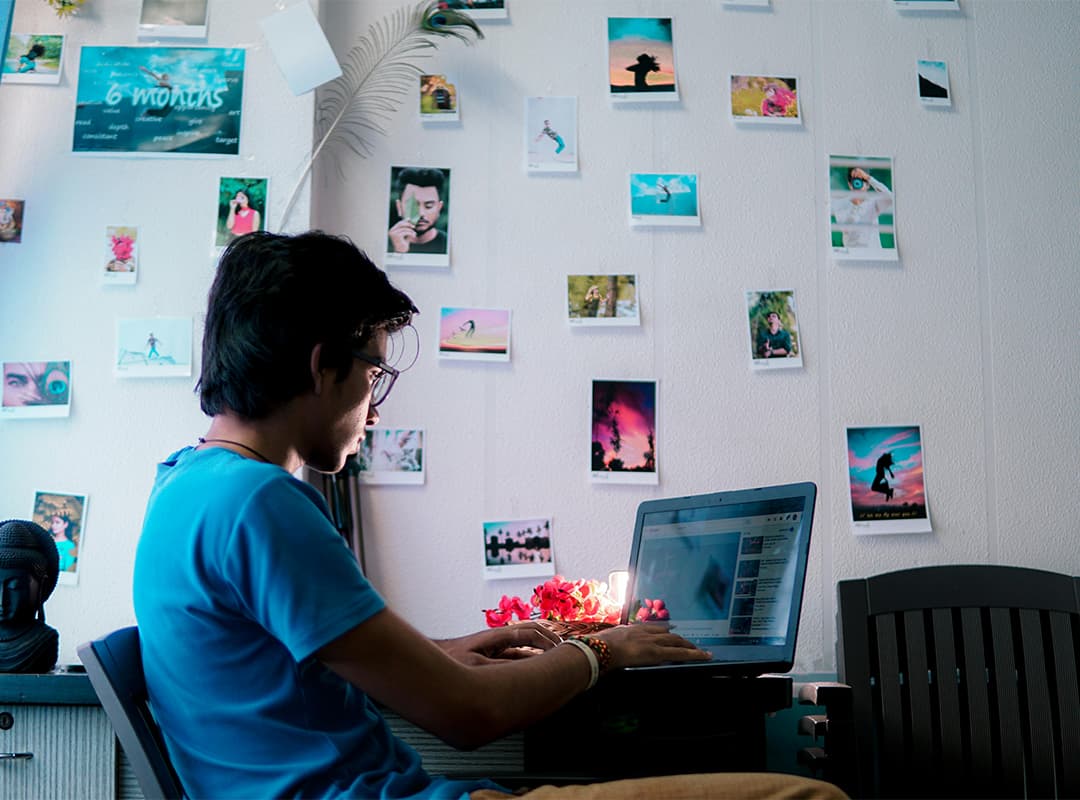In a world where education and technology intersect in increasingly profound ways, the voice of young, tech-savvy individuals like “Arthus” (a pseudonym for a 14-year-old student from Vermont) offers valuable insights. Arthus has become an active participant in online discussions about educational technology, and his perspective is both refreshing and challenging. He represents not just a curious teenager but a self-directed learner flourishing in the connected, digital landscape of the 21st century.
Arthus’s journey began early. At 11, he started experimenting with blogs, built HTML websites at 12, and learned PHP by 13. His enthusiasm for technology isn’t limited to its mechanics—he’s deeply interested in its role in reshaping education. Platforms like Twitter have become key tools for him, enabling a level of connection, dialogue, and exploration that traditional classroom environments often lack.
The Challenge of Integrating Technology in Schools
Arthus believes that schools are failing to embrace technology in meaningful ways. Despite having access to modern tools, many teachers restrict technology use to superficial purposes, discouraging students from exploring its full potential. He asserts that schools teach students to “fear technology,” focusing on control rather than empowerment.
His own school, while well-funded and equipped with updated computers, has yet to implement a one-to-one laptop program—something he strongly advocates for. He contrasts this with his own experience outside school, where he spends hours each day exploring educational tools, collaborating online, and managing his own tech-driven learning network.
Arthus emphasizes that the issue isn’t technology itself but the lack of thoughtful integration. He suggests that teachers, rather than worrying about distractions like social media, should focus on creating engaging lessons that capture students’ attention. “If students aren’t paying attention, maybe it’s time to rethink what’s being taught,” he argues.
Tools, Habits, and Balance
Arthus’s relationship with technology is defined by discipline and intentionality. He avoids video games to prevent addiction and limits the number of people he follows on Twitter to stay focused. Platforms like Google Docs, Zoho Notebook, and Quizlet are part of his daily toolkit, used for collaboration, organization, and study.
Despite his extensive use of digital tools, Arthus maintains a balanced life. He participates in school clubs, values face-to-face conversations, and can step away from the screen when needed. He also manages his own home network and adheres to online safety practices, such as using a pseudonym for privacy.
A Vision for the Future of Education
Arthus believes that the current education system—structured around one teacher delivering lessons to a passive audience—no longer prepares students for college or the workplace. He envisions a shift toward collaborative, technology-driven learning environments where students are empowered to think critically and independently.
His advice to teachers is direct: start engaging with digital tools, beginning with Twitter, which he describes as a “better Google” for its ability to foster real-time dialogue and networking. For Arthus, it’s not about teaching students specific technologies but helping them develop the mindset to adapt to an ever-evolving digital world.
A Call to Action
Arthus’s insights serve as both a challenge and an invitation to educators. He highlights the untapped potential of technology to transform learning, while also reminding us of the gaps that still exist in how schools approach digital tools. The message is clear: to truly prepare students for the future, educators must embrace technology—not just as a tool, but as a catalyst for reimagining the way we teach and learn.
The voice of this 14-year-old is not just a glimpse into the potential of today’s youth but a call for education systems to keep pace with the digital revolution. Are we ready to listen?
